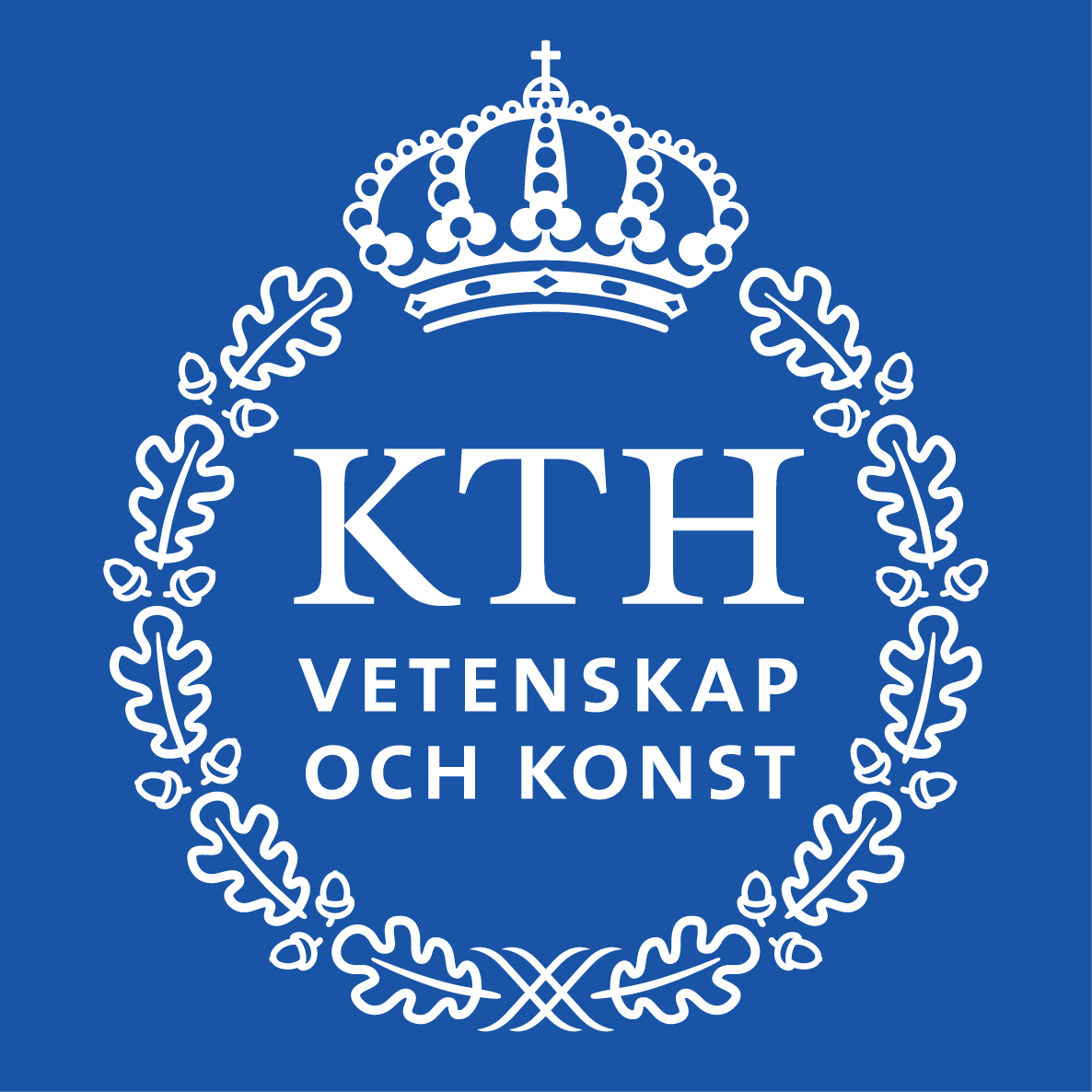Denna tjänst avvecklas 2026-01-19. Läs mer här (länk)


Simulation and Inference of Stochastic Reaction Networks
4 credits
Course Instructors
Raul Tempone and Alvaro Moraes, King Abdullah University of
Science and Technology (KAUST)
Schedule
- Wednesday 10/6 from 10:00-12:00 and 13:30-15:30 in room
3721.
- Thursday 11/6 from 10:00-12:00 and 13:30-15:30 in room
3418.
- Friday 12/6 from 10:00-12:00 and 13:30-15:30 in room
3418.
Course load
The coarse will be given over three days, two classes/day of 50
+ 50 minutes each (one in the morning and one in the
afternoon). Approximately 11 hrs of lectures in total.
Examination
For course evaluation, a collection of small projects will be
proposed. Each student or group of students should chose one
project or propose one related to the topics treated in the
course. Working in groups of two students is allowed and
encouraged.
Topics to be covered
-
-
- Definition of stochastic reaction networks.
- Poisson processes and Kurtz representation.
- Stochastic mass-action principle, connection with ODE
reaction-rates.
- Review of relevant examples including: Schlogl,
Michaelis-Menten, Epidemics, Bioreactors, Genomics, etc.
- Derivation of the master equation and the Feynman-Kac
formula for SRNs.
-
- Exact simulation methods: the stochastic simulation
algorithm (SSA) and the modified next reaction method (MNRM).
- The explicit tau-leap method and its weak and strong convergence rates. Examples of different tau-leap schemes.
- The negative population problem and different strategies to address it including: pre-leap, post-leap and binomial tau-leap.
-
-
- The moment generating function and the Chernoff bound.
- The Chernoff tau-leap and other pre-leap approaches.
- Detailed derivation and Matlab implementation of the Chernoff tau-leap.
-
- The mixed method for path generation: heuristics and
implementation.
- Coupling two mixed paths and the multilevel Monte Carlo estimator.
- The four building blocks for coupling exact and tau-leap paths.
-
-
- Global weak error decomposition and the estimation of its different components.
- Use of duals and the Richardson extrapolation for both weak and strong error estimation.
- Statistical error and how to choose the sample sizes per level to optimize the resulting computational work.
- Computational work models and how to calibrate them. Complexity results.
-
- Inverse and model calibration problems, moment matching and indirect inference.
Welcome!
For more information contact Anders
Szepessy (szepessy@kth.se).
Bibliographic References
- Articles by the instructors, which can be found
at Alvaro
Moraes' homepage, and the references therein
- Stochastic Approaches for Systems Biology by Ullah and
Wolkenhauer
- Stochastic Modeling for Systems Biology by Darren
Wilkinson


